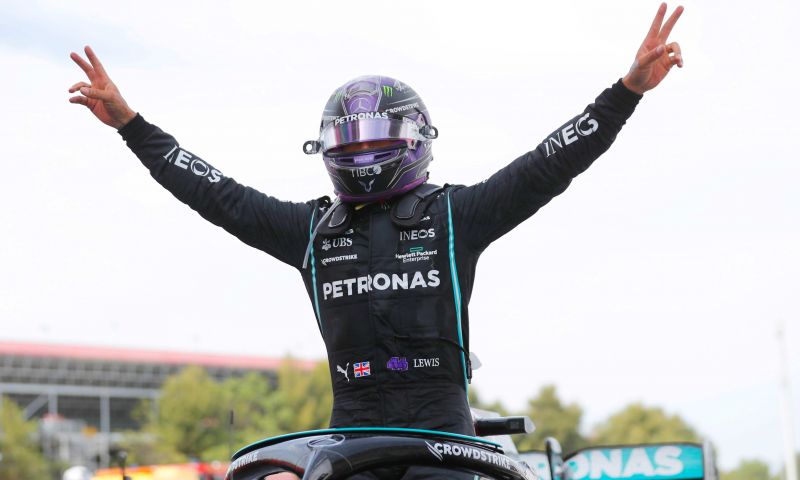Mercedes explain the decision making process for Hamilton's two-stop strategy
F1 News

- GPblog.com
Lewis Hamilton beat Max Verstappen in the final laps of the Spanish Grand Prix. A perfectly measured strategy came into play. When did Mercedes decide to switch to the two-stop strategy, and why?
Verstappen held the lead for a long time in the Spanish Grand Prix, but he had to let Hamilton pass him in the closing stages. The Brit was much faster on his fresher set of mediums, and so the two-stop strategy ultimately proved to be the best decision. However, when did Mercedes decide to do this?
The Mercedes masterstroke
"We were managing and monitoring [the two-stop option] during the race. The key question was what was the degradation during the race. The conditions during the race were very different from those during free practice. However, we could see from Max's and Lewis' runs that the tyre wear was higher than we expected. Before that, we actually thought a one- and two-stop was pretty close,'' says Andrew Shovlin in the Debrief from Mercedes.
"With the new information about the wear, we saw in our tools that the two-stop suddenly came out as the clear winner. When we got into the second stint, we really started to think about making it happen. We're making sure Lewis can actually catch up on that other set, we're making sure that when he does catch Max, that he has the pace to overtake him. If we go too early, his tyres haven't got enough grip to pass. If we go too late, we haven't given him enough laps in the race to catch Verstappen. It was a case of fine-tuning and the decision wasn't taken until we pulled the trigger," Shovlin concluded.